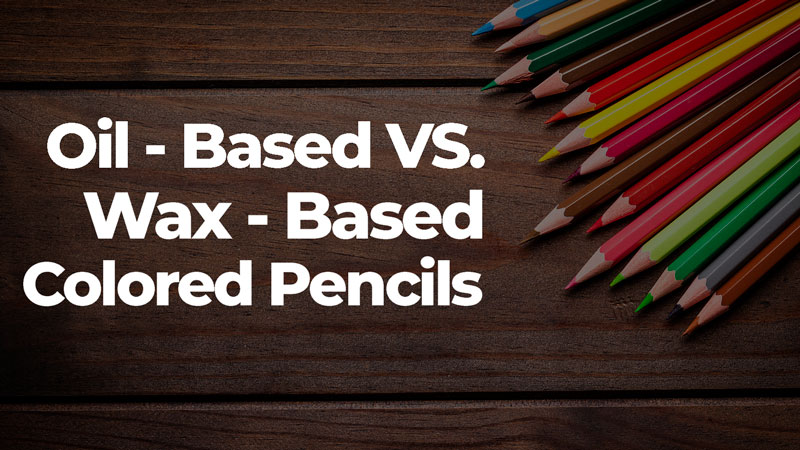
Watercolor pencils, Inktense pencils, colored graphite, and pastel pencils are all pencils that feature a colored medium enclosed in a wooden shaft, but technically none of them are true colored pencils.
So what are “true” colored pencils and why does it matter?
Colored pencils feature a wax-based or oil-based binder. The binder, as its name implies, holds the pigment together and allows it to be spread on the drawing surface.
Most commonly, the binder found within a colored pencil is wax-based. Oil-based colored pencils behave in a similar manner as wax-based pencils but the binder within the pencil is different.
Now, while it’s great that there are two options when it comes to the binder of the colored pencil, it can cause a bit of confusion. (And you thought the world of “colored pencils” was confusing before.)
It can be difficult to choose which type of colored pencil is best for your particular application. And while I have my favorite, the only way to know for sure which you prefer is to experiment.
Experimentation can get quite costly, so I’ll point a few of the key differences between the two binders and how they behave so that you can make a more educated decision before you buy every pencil available out there.
What’s The Difference Between Oil-Based Colored Pencils and Wax-Based Colored Pencils?
We have established that it is the binder that differentiates a wax-based pencil from an oil-based one. Wax-based colored pencils utilize a waxy binder, while oil-based pencils utilize an oil-based binder.
Wax-based pencils are far more prevalent and most brands that you find fall into this category.
(Some of the following links are affiliate links which means we earn a small commission if you purchase at no additional cost to you.)
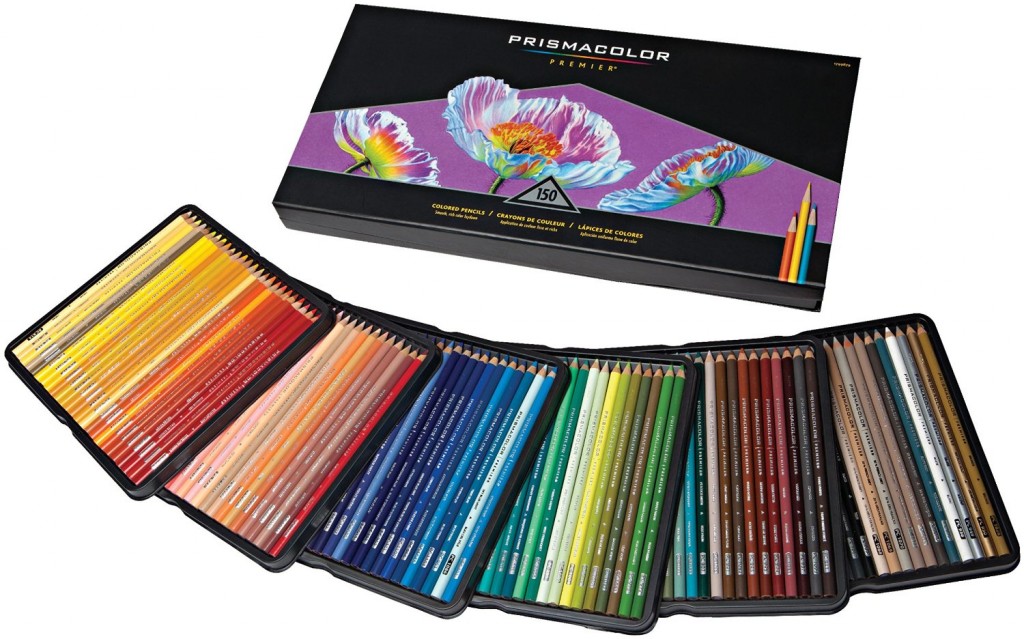
Wax-based pencils are generally easier to erase than oil-based pencils and are usually softer. (Harder core versions of wax-based pencils are also produced, such as Verithin by Prismacolor.) They layer nicely and reach a state where burnishing occurs relatively quickly, provided you are using a quality brand. When applied fully, wax-based pencils can produce an almost “buttery” surface that is conducive for blending, layering, and mixing.
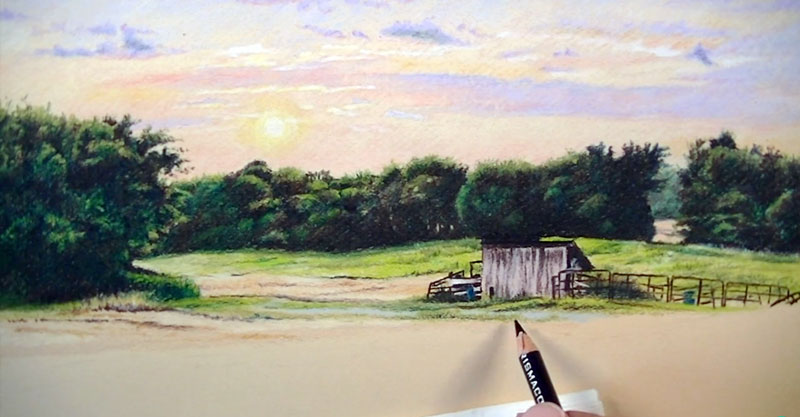
However, wax-based pencils are prone to wax bloom, a process where the waxy binder slowly evaporates to the surface of the drawing over time. This produces a light, waxy film over the surface of the drawing. Wax bloom that develops on a drawing can be easily wiped away with a damp cloth, so many consider this to be a minor drawback.
Since wax-based pencils are softer than oil-based pencils, the cores tend to break easily. The simple act of allowing a pencil to roll off of a table onto the floor may shatter the core, and thus ruin the pencil.
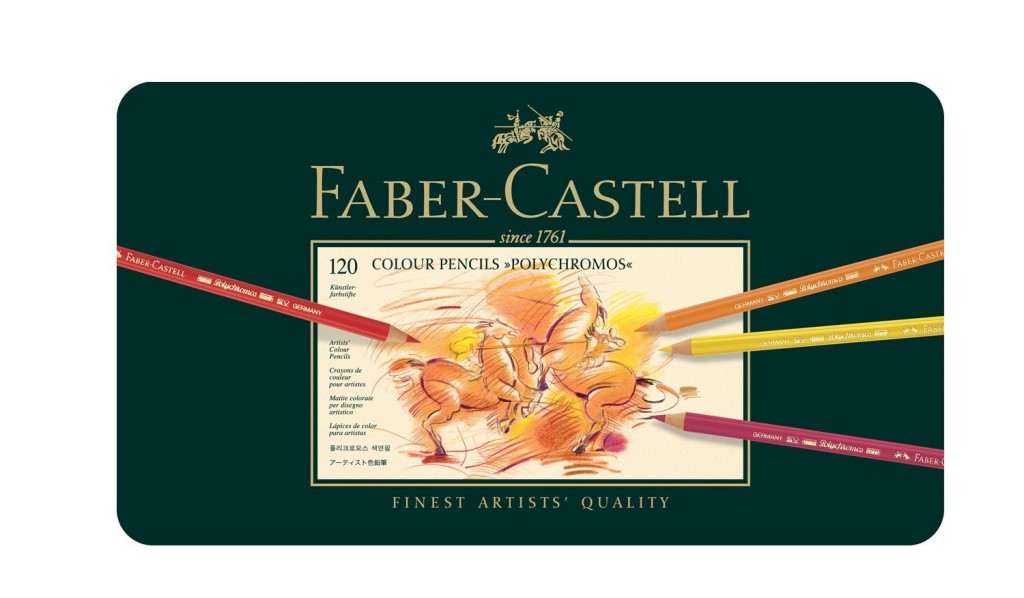
Oil-based pencils are less prevalent and may be harder to find at your local art store. They are generally only produced as a premium line of pencil. As a result, oil-based pencils are a bit pricier than their waxy counterparts.
The core of oil-based colored pencils are a bit harder than wax-based pencils, making them less susceptible to breakage. For this same reason, the pencil keeps a sharper point for a longer period of time.
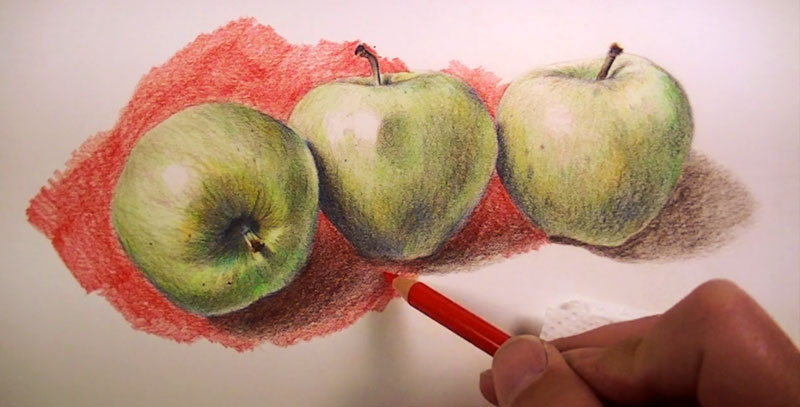
Although they can be layered with ease, they will seldom reach the same “buttery” consistency that can be achieved with wax-based pencils. Although this waxy build up is desired by many colored pencil artists, others prefer to apply controlled layers that never reach this consistency.
It should come as no surprise that oil-based pencils do not produce wax-bloom, since the binder is not wax-based.
Similarities in Technique
A vast majority of beginning colored pencil artists do not use the medium to its fullest potential. The tendency of the beginner is to mark lightly and use the white of the paper to create lighter values. This is natural since most of us first use a darker medium when we learn to draw. In this case, we must rely on the “white” of the paper to create lighter values and mid tones. Colored pencils, however can be layered and applied with solid applications to create a look not dissimilar to a painting. We don’t need to approach colored pencils in the same way that we would approach graphite drawing.
Throughout the years, I have always presented to students five keys to using colored pencils most effectively. They are as follows:
- Layer colors – Colored pencils layer nicely, allowing the color that’s layered on top to alter the appearance of the color underneath. This allows the artist to create depth in color, alter the color temperature, the value, and intensity through multiple applications.
- Mix colors – As colors are layered, they naturally mix. Softer binders allow this to happen quickly. Whenever possible, we should look for opportunities to mix colors through layering instead of using a pre-mixed color. Colors that are mixed will have a bit more variety in them and look a bit more natural. For example, if we need a green for that grassy field, it may be better to layer yellows over blues to create a variety of greens. We can always use that pre-mixed green over the top if the mixed green isn’t quite right. If you’re not sure how the colors will behave when layered, use a test strip of paper before making marks on the drawing surface.
- Build up to a heavy application – Colored pencils, when used to their full potential, can resemble paintings. The key to creating this effect is to build up layered applications. When applications are layered heavily, the binder allows the colors to move and blend in a manner that is similar to painting, logically resulting in a look that is not dissimilar to a painting. When the medium has reached this state, burnishing happens easily.
- Fine tune details and “outlines” last – Details are important, but with colored pencils, they can be defined and refined later in the drawing process. They do not have to be addressed in the early stages. You may plan for them, but details are best developed after some of the medium is on the surface.
- Take your time – Colored pencils are a medium that require a time commitment. While they are a “slow” medium, the trade off lies in the detail and control that can be achieved in a drawing. Slow down and take your time. Enjoy the process and the level of control that you have with them.
These five keys are true no matter what type of colored pencil use choose to use. They work for both oil-based and wax-based colored pencils.
Differences in Technique
The key difference in technique between oil and wax-based colored pencils boils down to burnishing. Burnishing is the act of exploiting the binder of the pencil to blend and work the medium into the tooth of the paper, creating an even appearance of application. It can also be used to blend and mix colors.
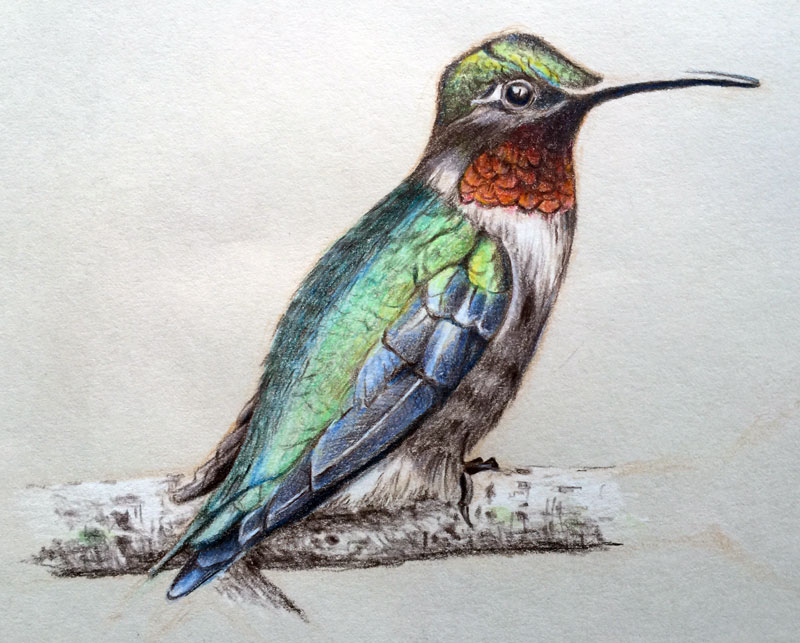
Since the binders are different in wax-based and oil-based colored pencils, the most effective burnishing techniques also differ. It should be noted that all burnishing techniques will work with both types of pencils.
Burnishing Techniques
- Colorless Blender – A colorless blender is either a wax-based pencil absent of pigment or a marker that thins the pigment. The waxy binder in the pencil is worked over applications of color, mixing and blending the medium into the tooth of the paper. This results in an even appearance of color. This burnishing technique is best suited for wax-based pencils.
- White or Cream Colored Pencil – A lighter pencil is used to work colors already applied to the surface working the medium into the tooth of the paper. One major drawback to this technique is that it lightens the value of the color. This burnishing technique can be used with both types of pencils.
- Solvent – Solvent can be applied with a brush to colored pencil applications, thinning the medium. This results in an even application of color. This burnishing technique is best suited for oil-based pencils.
Can Oil-Based Colored Pencils Be Used With Wax-Based Colored Pencils?
Some mediums just don’t work well together. For example, we can only expect catastrophic results by painting with acrylics over oils. But oil-based and wax-based pencils are not such polar opposites and can be used interchangeably without any issues.
If so, join over 36,000 others that receive our newsletter with new drawing and painting lessons. Plus, check out three of our course videos and ebooks for free.
Lesson Discussion
Comments are closed.

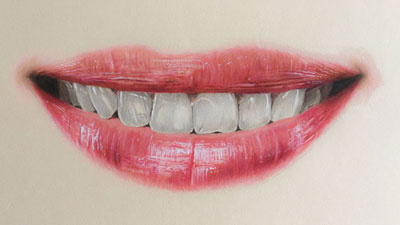

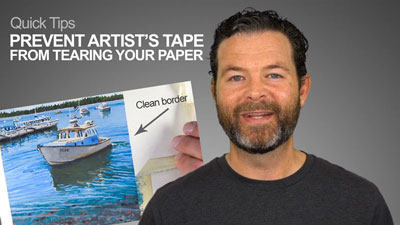

As a new colored pencil artist this information was very helpful
I started with wax based pencils and changed to Oil based, Koh I Noor for their eras ability. Love them.
Scot